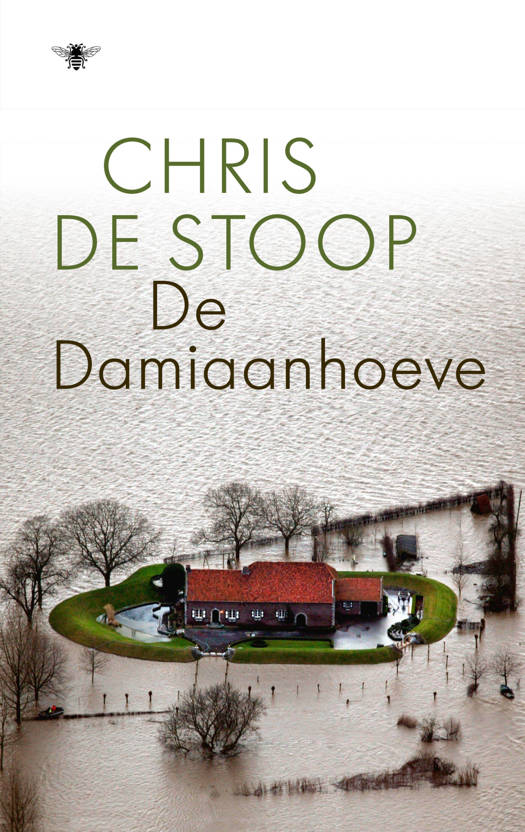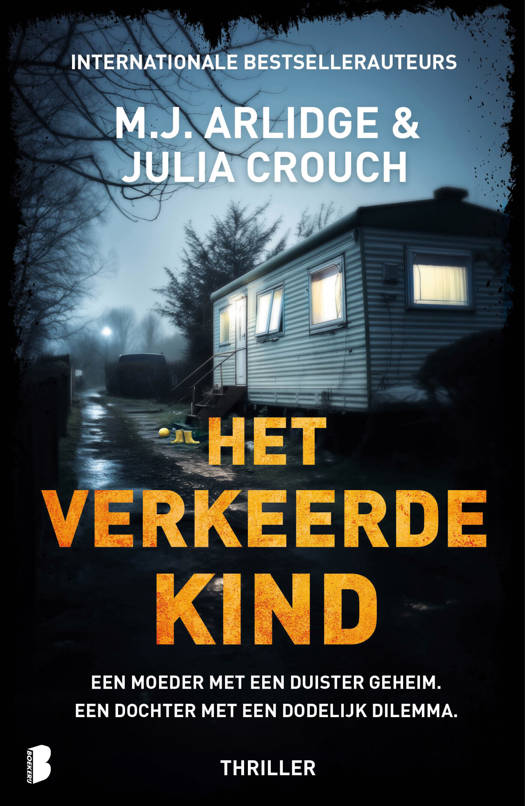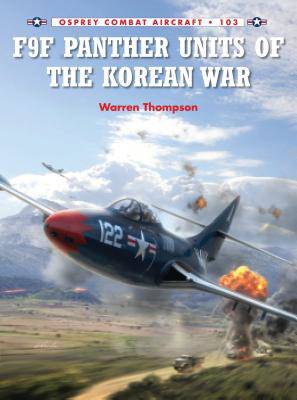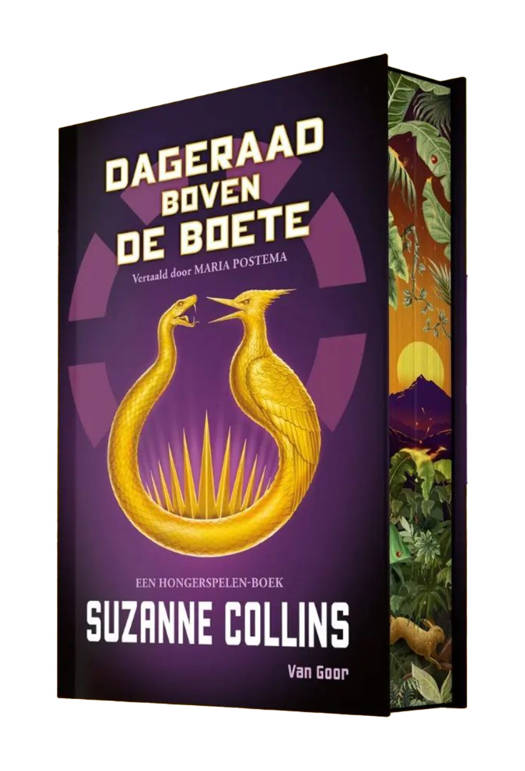
- Afhalen na 1 uur in een winkel met voorraad
- Gratis thuislevering in België vanaf € 30
- Ruim aanbod met 7 miljoen producten
- Afhalen na 1 uur in een winkel met voorraad
- Gratis thuislevering in België vanaf € 30
- Ruim aanbod met 7 miljoen producten
Zoeken
€ 25,45
+ 50 punten
Omschrijving
In 1948 the USAF, Marine Corps and US Navy were concentrating on converting over to an all-jet force. When the Korean War started in June 1950, the USAF had built up a sizable jet force in the Far East, while the US Navy was in the early stages of getting F9F Panthers operational as replacements for its piston-engined F8F Bearcats. At about this time, the Marine Corps had also begun using the Panthers in limited numbers. Operating from aircraft carriers off the Korean coast, F9Fs helped stop the North Korean invasion within two weeks of the communists crossing the 38th Parallel. The Panthers, escorting carrier-based AD Skyraiders and F4U Corsairs, penetrated as far north as Pyongyang, where they bombed and strafed targets that the North Koreans thought were out of range. The Panthers also took the battle all the way to the Yalu River, long before the MiG-15s became a threat. The F9F's basic tasking was aerial supremacy and combat air patrols, but they also excelled in bombing and strafing attacks. The Marine Corps, with its two Panther squadrons, was also involved in close air support and interdiction near the frontlines. There were a total of 32 Panther squadron deployments during the war, along with several special detachments that operated the F9F-2/5P unarmed photo-reconnaissance versions.
Specificaties
Betrokkenen
- Auteur(s):
- Illustrator(s):
- Uitgeverij:
Inhoud
- Aantal bladzijden:
- 96
- Taal:
- Engels
- Reeks:
- Reeksnummer:
- nr. 103
Eigenschappen
- Productcode (EAN):
- 9781782003502
- Verschijningsdatum:
- 17/06/2014
- Uitvoering:
- Paperback
- Formaat:
- Trade paperback (VS)
- Afmetingen:
- 183 mm x 244 mm
- Gewicht:
- 272 g
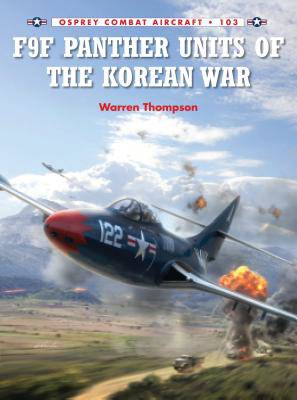
Alleen bij Standaard Boekhandel
+ 50 punten op je klantenkaart van Standaard Boekhandel
Beoordelingen
We publiceren alleen reviews die voldoen aan de voorwaarden voor reviews. Bekijk onze voorwaarden voor reviews.



